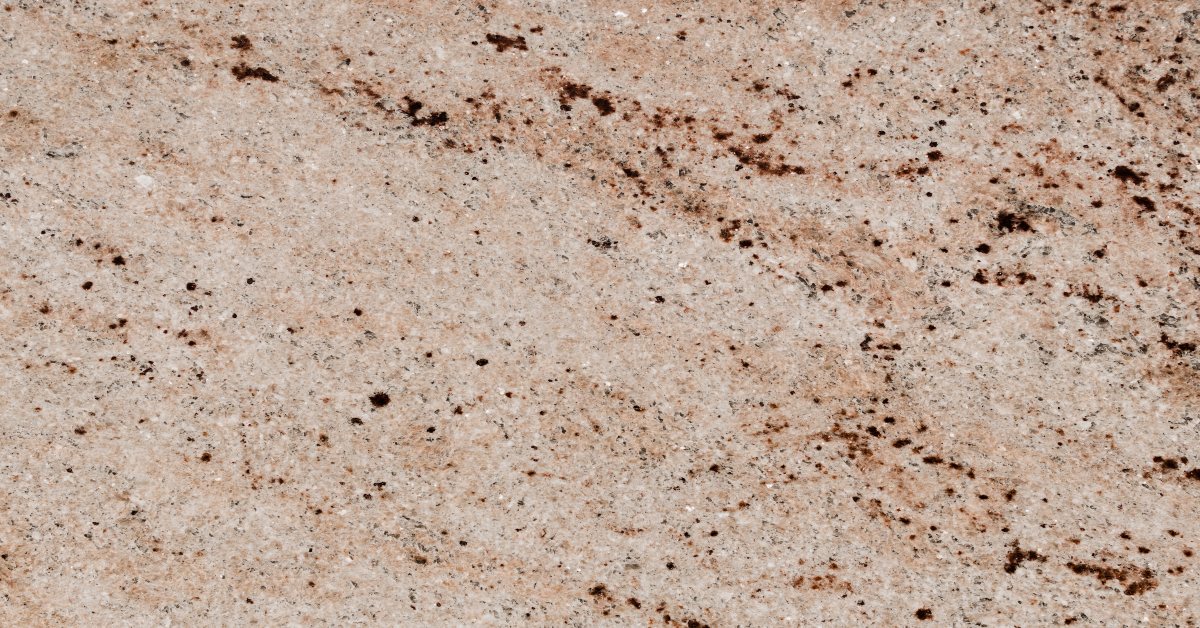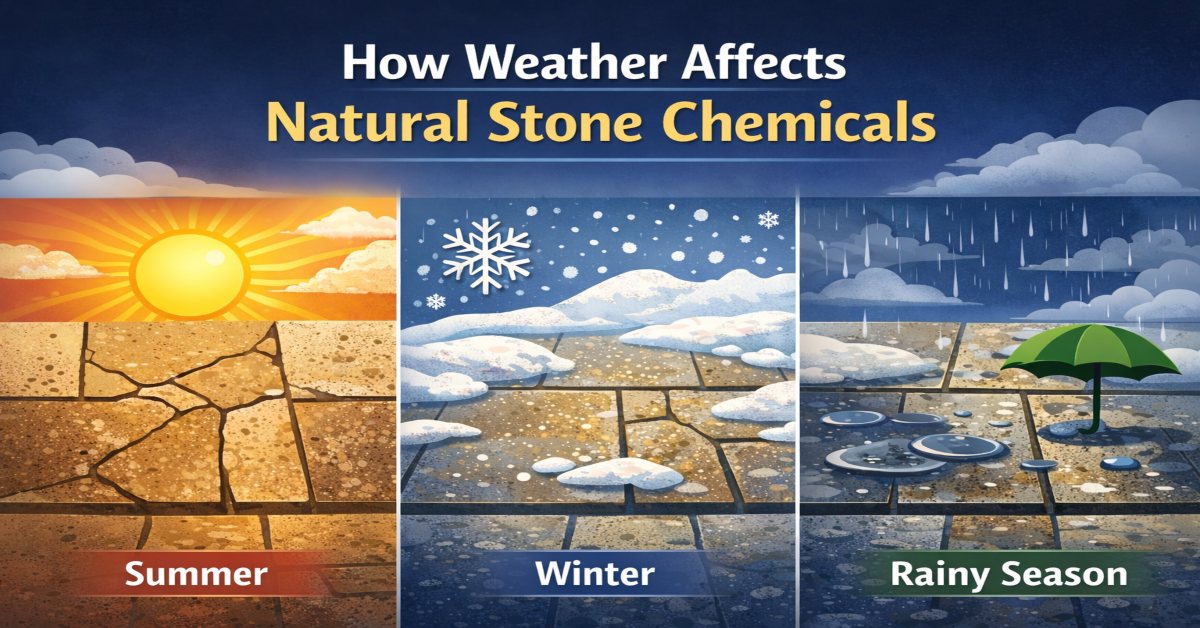Tackle Mildew and Algae: Restoration Process for Sandstone & Limestone Cladding
Updated : 2 months ago

Sandstone and limestone have been admired for centuries for the timeless charm they bring to building facades. Their natural look adds strength and elegance to any structure, which is why professionals often choose them for cladding.
Meet the antagonists: Mildew and Algae
Mildew refers to the green fungal growth on the surface, while algae are simple plant-like organisms that thrive in moist conditions. A mix of excess moisture, organic matter, and limited sunlight or poor ventilation often leads to such growth. High humidity, water leakage, or improper drainage create damp conditions, while dust, dirt, and pollen act as food sources for these organisms to thrive on surfaces like walls, roofs, patios, and claddings. This not only spoils their appearance but also weakens their surface quality.
The Right Approach
Since both sandstone and limestone are porous, restoring them from mildew and algae requires careful handling. To clean these stones effectively, one should avoid abrasive or acidic cleaners, as they can harm the surface. Instead, follow the step-by-step process below to restore their natural beauty and strength.
Step #1: Preparedness
1. Gather the right tools:
Keep a soft-bristled brush, a low-pressure water sprayer, a bucket, and a stone-specific biocide ready. Always wear gloves and protective eyewear when handling chemical cleaners.
2. Protect surrounding items:
Move any nearby furniture, plants, or objects away from the cleaning area. The chemicals used may cause damage to these items.
3. Clean off loose dirt:
Use a soft brush to remove dust, debris, or loose particles. This allows the cleaner to work more efficiently on the mildew and algae.
4. Do a patch test:
Always test the cleaner on a small, less-visible portion of the stone to ensure it doesn’t affect the colour or texture.
Step #2: Cleaning Process
1. Choose the right cleaner:
Use a professionally recommended stone biocide. RachTR XC 1 is an excellent option as it contains biocidal properties that help kill bacteria and organic growth.
o Mix RachTR XC 1 as per the manufacturer’s instructions.
o Apply it evenly on the surface using a soft brush or sprayer with low pressure.
o Allow it to sit for the recommended time, generally between 5 to 10 minutes for heavy infestations.
2. Scrub gently:
Use a soft-bristled brush to lightly scrub the surface and lift off the mildew or algae. Avoid harsh scrubbing, as it can scratch the stone.
3. Rinse thoroughly:
Wash the surface using a garden hose or a pressure washer at its lowest setting. Avoid high pressure as it may damage the porous surface and mortar joints. Ensure all cleaner residues are removed.
4. Treat tough stains:
For stubborn marks that remain even after cleaning, use RachTR Stain R. Apply about 10–15 ml on the affected area, cover it with tissue paper, and leave it for 24 hours. Afterwards, rinse the area with water.
Step #3: Restoration & Maintenance
1. Repair damaged mortar:
After cleaning, check the joints between the stones. If you find cracks or crumbling mortar, use RachTR R105 and consider getting this done by professionals.
2. Dry the surface completely:
Allow the cladding to dry naturally. Since sandstone and limestone are porous, this may take a few days.
3. Apply a breathable sealant:
Once dry, apply a high-quality, breathable sealant such as RachTR Defendor. This protective layer helps prevent moisture absorption, stains, and future growth of algae or mildew.
4. Follow regular maintenance:
To keep the surface clean and healthy, dust it regularly and use a pH-neutral stone cleaner like RachTR XC 1 for gentle periodic cleaning.
All in All
With regular cleaning and the right restoration process, you can easily maintain the natural beauty and strength of sandstone and limestone claddings for years. A little preventive maintenance goes a long way in ensuring your stone facade stays elegant, durable, and free from mildew or algae. All you need is the right guidance and the right products. RachTR provides a holistic range of cleaners, sealers and polishing chemicals, which play a pivotal role in restoring stones like sandstone and limestone.
60 views
60
0 comments
0












Comments